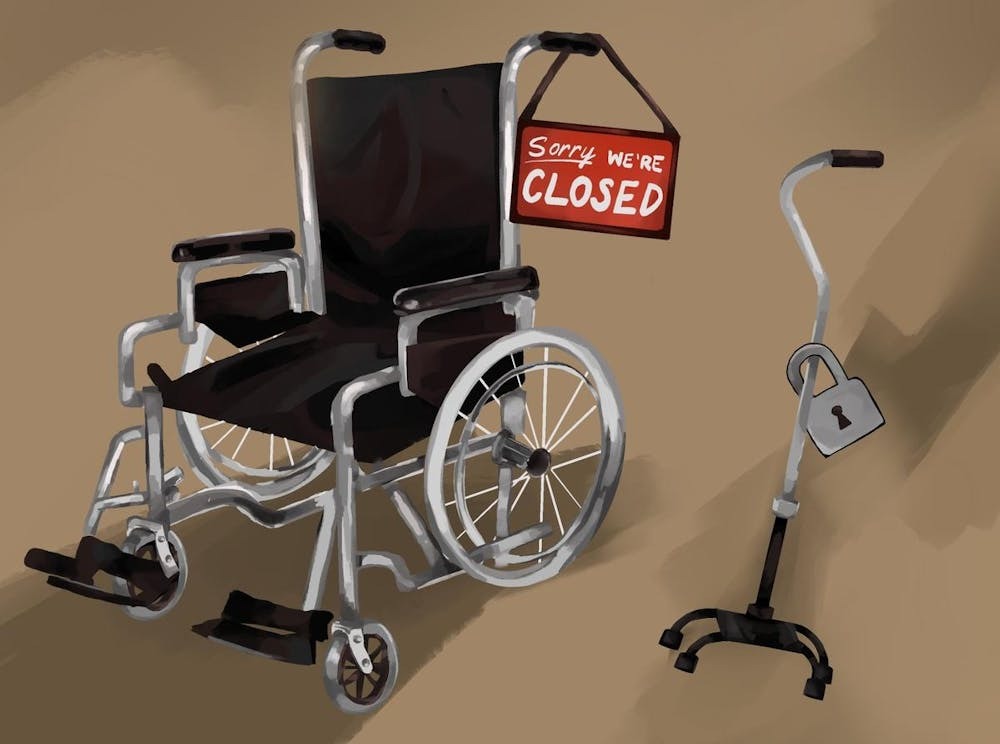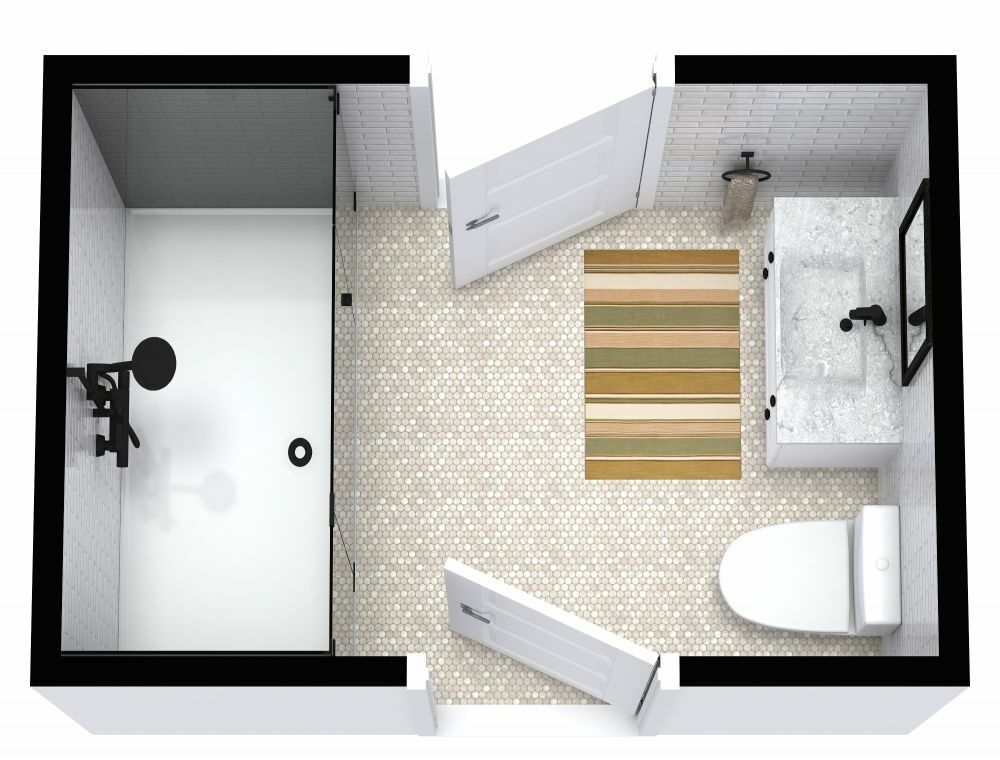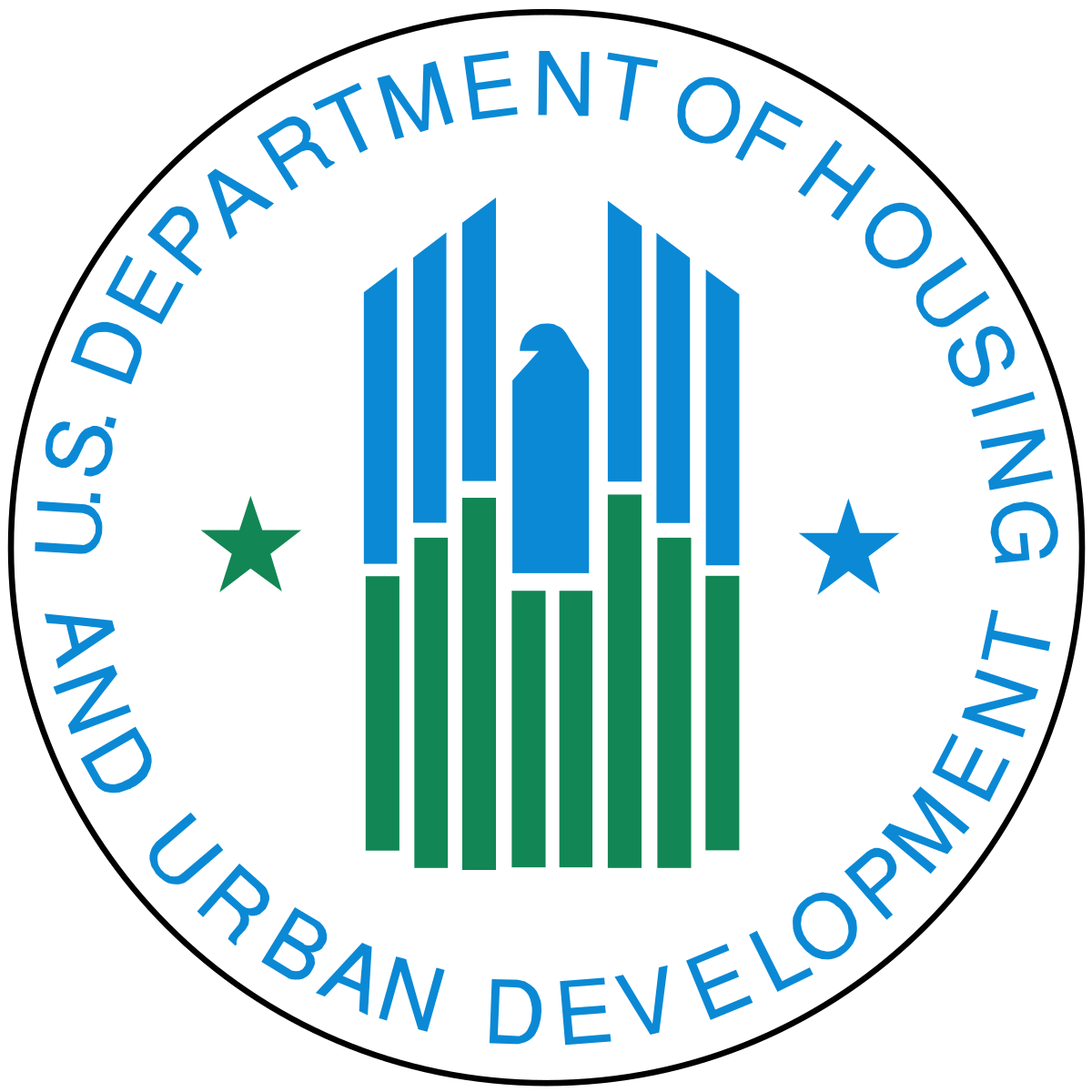When a skilled nursing facility (SNF) announces its closure, the headlines often follow a familiar pattern: “Underfunding Forces Facility to Shut Its Doors.” These stories are powerful. They evoke concern for displaced residents and staff, and they are frequently cited as evidence of a broken reimbursement system. But are these closures really proof of systemic failure? Or are we missing a more nuanced conversation about what leads to a facility’s downfall?
The Problem with the Current Narrative
The idea that any SNF closure is inherently a sign of inadequate reimbursement is, in many cases, an oversimplification. While there is no doubt that funding challenges exist in the industry, the narrative often ignores the specific factors behind a closure. Not all facilities close because reimbursement rates are universally unsustainable. Some close due to poor management, local market conditions, or even regulatory issues.
Mass closures, where large numbers of residents and staff are impacted across a region, are relatively rare. Yet, individual closures are often used as rhetorical weapons to demand across-the-board funding increases. This approach can feel like a "straw man" argument: it’s initially appealing but doesn’t hold up to scrutiny when you dig into the details. Without understanding the specific circumstances behind a closure, it’s impossible to determine whether it reflects systemic issues or isolated problems.
This raises an important conceptual point: How can one closure be definitive proof of inadequate funding when the large majority of facilities remain open? If systemic underfunding were the sole issue, wouldn’t we see a much higher rate of closures? Unless the standard is that no facility should ever close—a position that would shield poor operators and open the system to abuse—then it is clear that some closures are inevitable and may even reflect necessary market corrections. The question we should ask is whether closures are occurring because of systemic inadequacies or because of isolated factors like mismanagement or bad luck.
A Call for Nuance
Rather than viewing every SNF closure as proof of underfunding, we need a more informed approach that considers:
- Transparency: What are the actual reasons behind closures? Are they related to financial mismanagement, demographic shifts, regulatory compliance issues, or true reimbursement inadequacies?
- Accountability: How do we differentiate between closures caused by systemic challenges and those stemming from poor practices?
- Sustainability: What lessons can closures teach us about building a more resilient and effective long-term care system?
Understanding these dynamics could lead to smarter policies that address real issues rather than applying blanket solutions that may ultimately protect bad actors.
A Path Forward
The narrative around SNF closures needs to change. Here are some practical steps to start this shift:
- Track the Causes of Closures: Develop systems to analyze why facilities close, separating systemic issues from operator-specific ones.
- Focus Policy on Outcomes: Advocate for reimbursement models that reward quality care and innovation, rather than propping up failing facilities.
- Use Closures as Learning Opportunities: View closures as a chance to reflect on what works and what doesn’t, using these lessons to strengthen the industry.
A Broader Conversation
SNF closures evoke strong emotions, and understandably so. But we must resist the urge to oversimplify the reasons behind them. A more nuanced conversation—one that separates systemic problems from isolated failures—can help us build a stronger, more sustainable long-term care industry.
Let’s stop using closures as blanket evidence of underfunding and start asking the deeper questions: Why did this facility fail? What can we learn? And how can we use this knowledge to create a system that truly rewards quality care?
By shifting the focus from reactive arguments to proactive solutions, we can begin to reimagine what success looks like in the skilled nursing industry. And ultimately, we can create a framework that benefits residents, staff, and operators alike.




